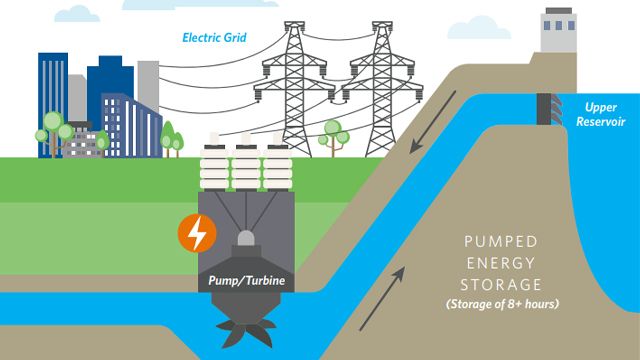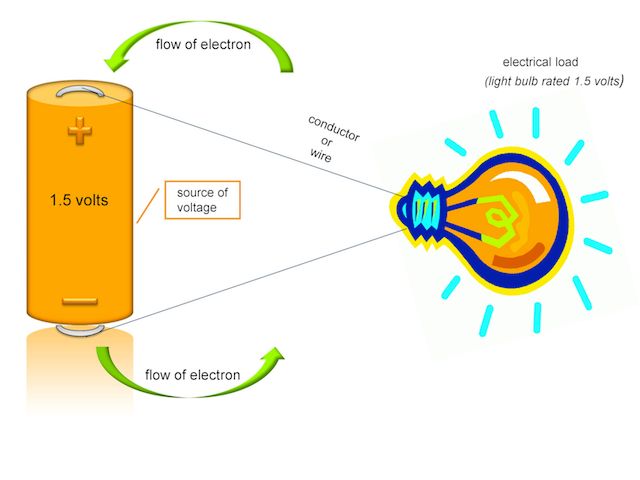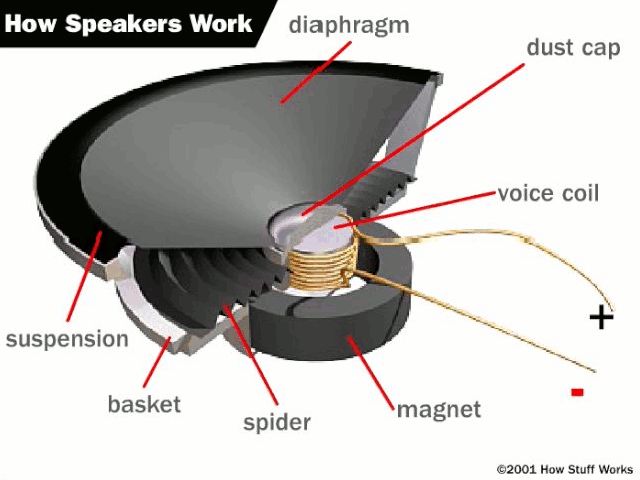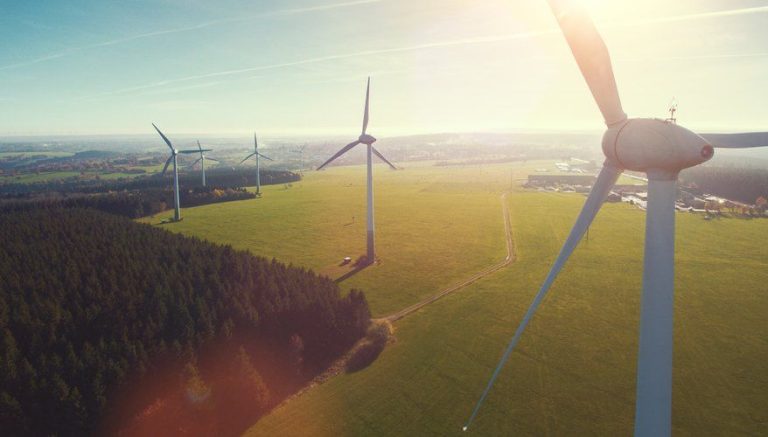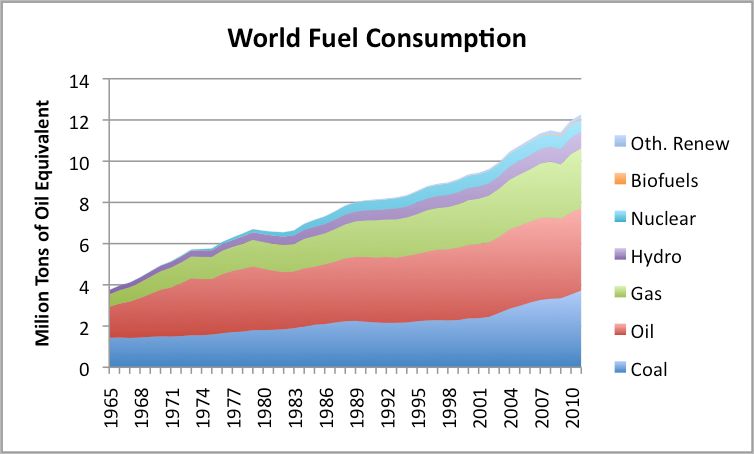What Are Examples Of The 9 Types Of Energy?
Energy comes in many different forms that can be categorized into 9 main types. These 9 major forms of energy are mechanical, thermal, chemical, electrical, radiant, nuclear, magnetic, sound, and elastic. Energy is the ability to do work or produce change, so understanding the different forms it takes is key to harnessing energy efficiently in our modern world.
This article will provide an overview of the 9 principle types of energy, explaining what each one is and providing everyday examples. Understanding the basics of these 9 energy varieties can help appreciate how energy flows and transforms within systems, whether they are simple machines, living organisms, or entire power grids.
Mechanical Energy
Mechanical energy is the energy associated with the motion and position of an object. It is the energy an object possesses due to its motion or due to its position above the ground. There are several types of mechanical energy:
- Kinetic energy – the energy an object possesses due to its motion. Examples include the energy of a rolling ball, a speeding car, or the motion of ocean waves.
- Potential energy – the stored energy an object possesses due to its position or shape. Examples include the potential energy of a book on a table or water held behind a dam.
- Elastic potential energy – the energy stored in elastic objects that are deformed. Examples include the energy stored in stretched rubber bands or springs.
- Gravitational potential energy – the energy an object possesses because of its height above the ground. Examples include the energy of water at the top of a waterfall or a rock held at an elevated position.
Thermal Energy
Thermal energy, also known as heat energy, is the internal energy within a system due to the motion of molecules and atoms. It involves the kinetic energy of random movements of particles. The higher the temperature of a system, the greater the thermal energy it possesses.
Some examples of thermal energy include:
- The warmth from the sun that we feel on our skin
- The heat that comes from a campfire or fireplace
- The high temperatures inside ovens and stoves used for cooking
- The thermal energy stored in hot water from boilers and heaters
- The heat from car engines and industrial machinery
Chemical Energy
Chemical energy is the energy stored in the bonds between atoms and molecules. It is the energy that holds these particles together. There are several forms of chemical energy:
- Energy in the bonds of molecules is used in chemical reactions. When the bonds break and reform, energy is absorbed or released.
- Chemical energy is stored in food. The nutrients and calories in food contain chemical energy that living things use. The sugar glucose contains chemical energy that cells use.
- Fossil fuels like coal, oil, and natural gas contain chemical energy from decayed organic matter. Burning these fuels releases their chemical energy.
- Batteries store chemical energy and convert it to electrical energy. The chemical reactions inside batteries produce an electric current.
Chemical energy is an extremely useful form of energy. The energy stored in chemical bonds can be easily released and converted into other types of energy that power our modern world.
Electrical Energy
Electrical energy is the movement of electrons, generally in the form of an electric current. Electrical energy is a secondary energy source, meaning that it is produced by the conversion of other sources of energy, like coal, natural gas, oil, nuclear power, and other natural sources. Primary sources supply energy which allows electricity to flow and secondary sources convert primary sources of energy into electricity.
Some examples of electrical energy in everyday life include:
- Electricity that powers lights, appliances, and electronics in homes and buildings
- Electricity that powers industrial machinery and manufacturing plants
- Lightning, which is a natural display of electrical energy in the atmosphere
- Electric eels, which can generate electrical energy up to 600 volts
- Defibrillators, which use electricity to restore heartbeat
Radiant Energy
Radiant energy is the energy that is transferred by electromagnetic radiation. It refers to the invisible waves of energy that are emitted and absorbed by all objects. Some examples of radiant energy include:
- Sunlight
- Heat and light from fire
- X-rays and gamma rays
- Microwaves
- Radio waves
- Infrared radiation
- Ultraviolet radiation
Radiant energy is generated when electromagnetic waves carry energy through space. It does not rely on any physical medium for transmission. The energy transmitted by radiant sources can be absorbed and converted for use by other objects. For example, solar panels absorb radiant energy from sunlight and convert it to electrical energy.
Nuclear Energy
Nuclear energy is energy stored in the nucleus of an atom. It is released when atoms are combined or split apart. Nuclear energy comes from tiny particles inside each atom called neutrons and protons. The neutrons and protons are held together in the nucleus by a strong force. Nuclear energy is produced when the nuclei of very heavy atoms, like uranium and plutonium, are split apart in a process called fission. Nuclear power plants use the heat given off during fission to boil water into steam that spins a turbine to generate electricity.
Some examples of nuclear energy in use are:
- Nuclear power plants that generate electricity
- Nuclear-powered ships and submarines
- Nuclear medicine uses radioactive isotopes to diagnose and treat illnesses
- Radiocarbon dating uses the known rate of decay of radioactive carbon-14 to estimate the age of ancient fossils and artifacts
Magnetic Energy
Magnetic energy is the energy stored in a magnetic field. This energy can be harnessed in a few key ways:
Electromagnets utilize magnetic fields produced by electric current. They allow magnetic energy to be easily turned on or off by controlling the electric current. Common examples include lifting magnets, MRI machines, and particle accelerators.
Permanent magnets create constant magnetic fields without electric current. The magnetic energy is “locked in” based on how the material was magnetized. Examples include refrigerator magnets, electric motors, hard drives, and MRI machines.
Earth’s magnetic field is created by motions of molten iron in the planet’s outer core. This field protects us from solar winds and cosmic radiation. Animals like birds and sea turtles use it for navigation during migration.
Sound Energy
Sound energy is the energy associated with sound waves. It is a form of mechanical energy that is produced when an object vibrates and causes fluctuations in air pressure that travel through a medium like air or water in the form of longitudinal waves.
Some examples of sound energy in everyday life include:
- Music from instruments, speakers, or singing
- Noise from appliances, machinery, or vehicles
- Speech and other vocalizations
- Ringing bells, wind chimes, or tuning forks
- Footsteps, clapping, tapping, or other impacts
- Animal vocalizations like barking, meowing, or chirping
- Thunder from lightning strikes
In each of these examples, an object is vibrating in a pattern that compresses and rarifies the air molecules around it to create waves of high and low pressure that transmit the energy of that vibration. The human ear detects these pressure fluctuations and interprets them as sound.
Elastic Energy
Elastic energy is the potential energy stored in an elastic object when it is stretched or compressed. Some common examples of elastic energy include:
-
The energy stored in a stretched rubber band. When the rubber band is stretched, energy is required to distort the chemical bonds. When released, the rubber band snaps back to its original shape and releases the stored elastic energy.
-
The energy stored in a compressed spring. Compressing or stretching a spring requires energy. When released, the spring converts the stored energy into kinetic energy as it rebounds back to its original shape.
-
The energy stored in stretched elastic materials like the rubber of a slingshot. Pulling back on the slingshot stretches the rubber bands, building up elastic energy. Releasing transfers that energy into the projectile to propel it forward.
-
The flexing of bows and fishing poles. Drawing back on the bow string or pole builds up elastic energy that propels the arrow or fishing line upon release.
In each case, the elastic potential energy results from the separation of bonds between atoms in the elastic material. When released, the atoms snap back together, releasing the stored energy.

